| Automobiles with moto-heart |
Kawasaki
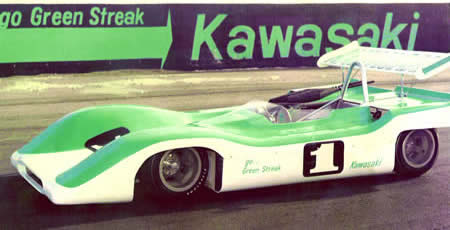
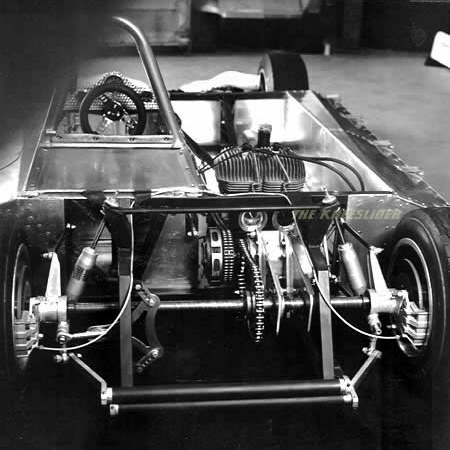
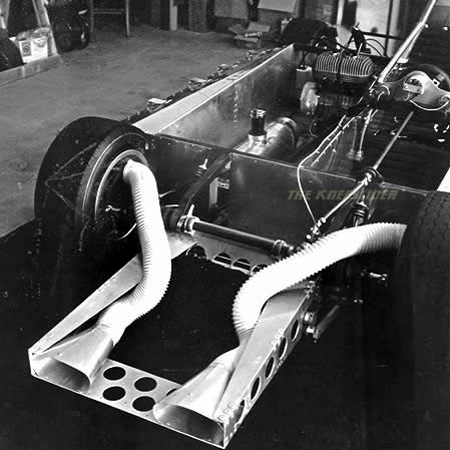
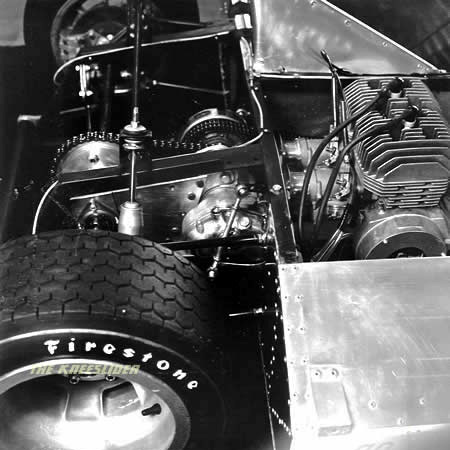
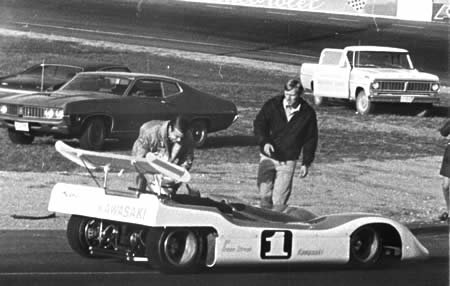
Tiger Z100
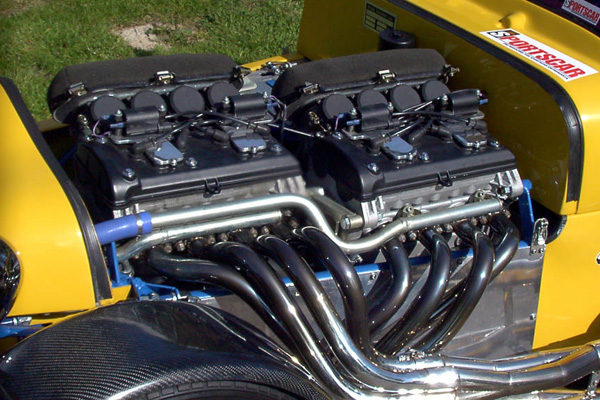
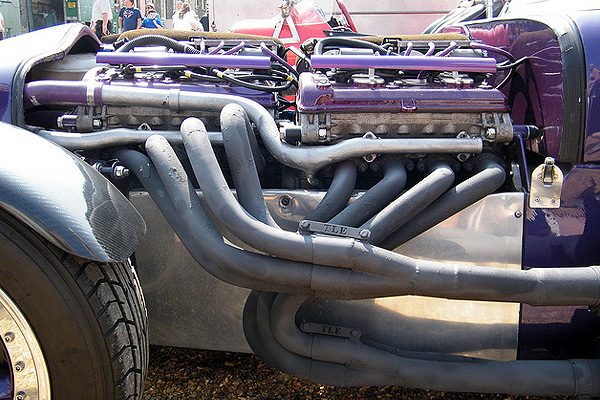
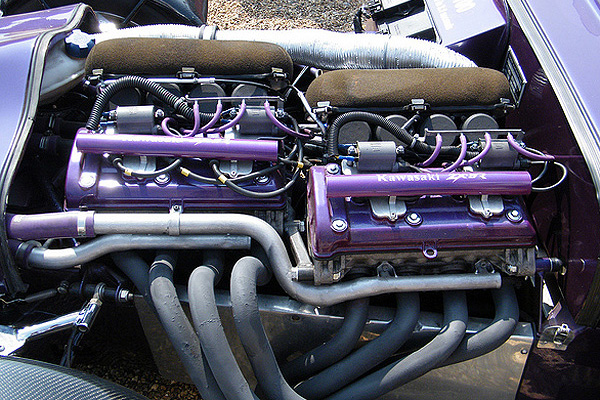
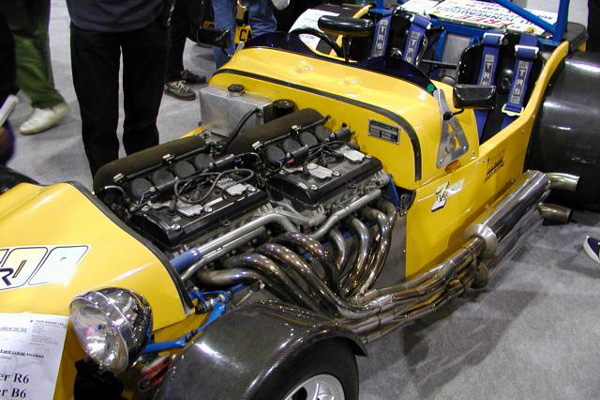
Hayabusa
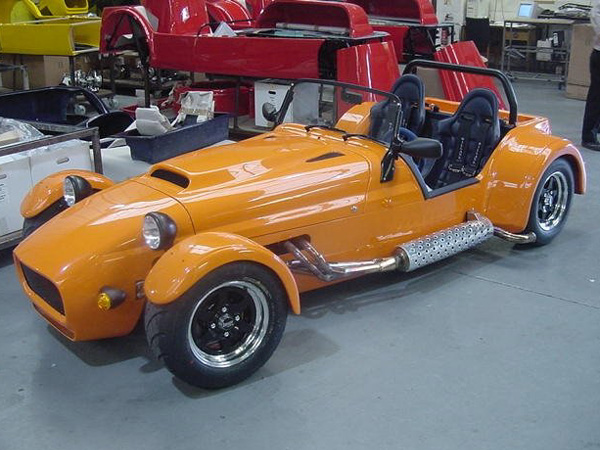
Spartan V
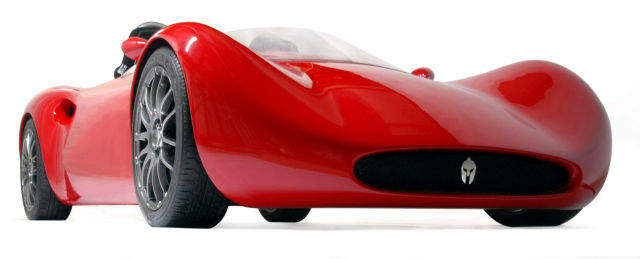
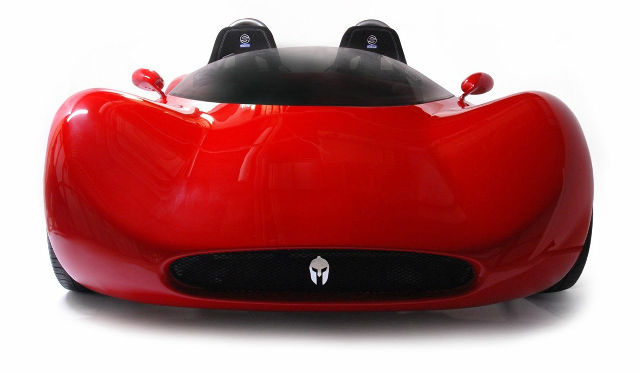
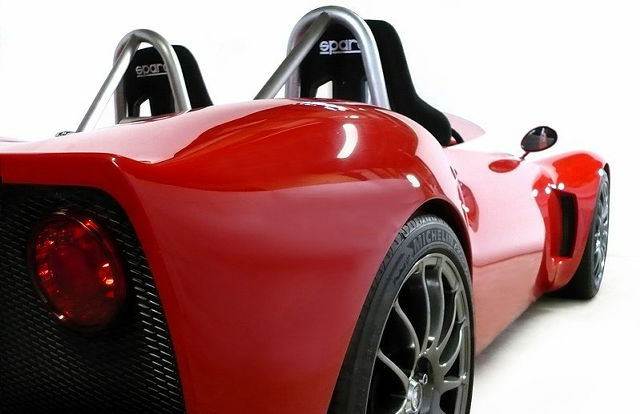
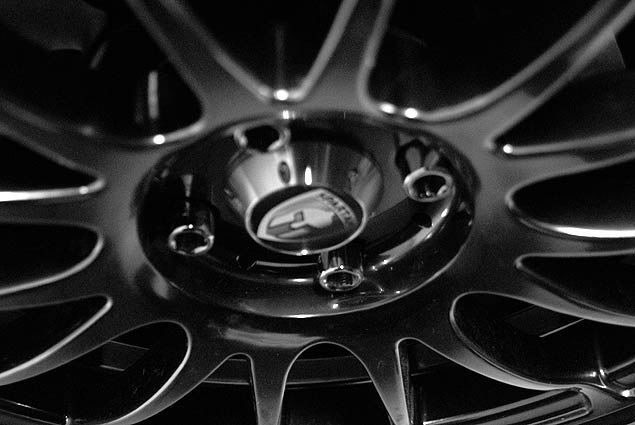
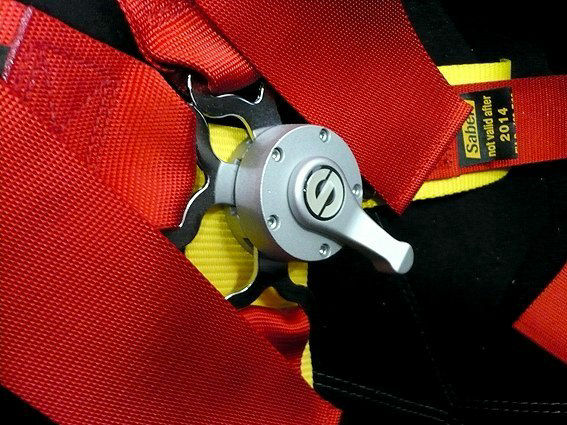
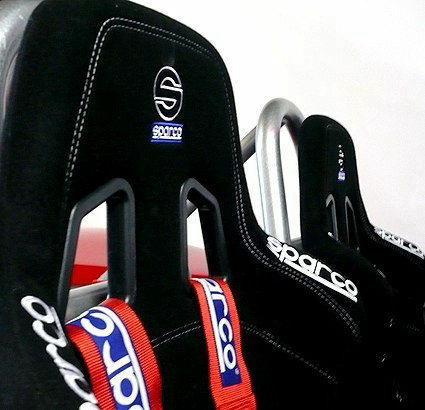
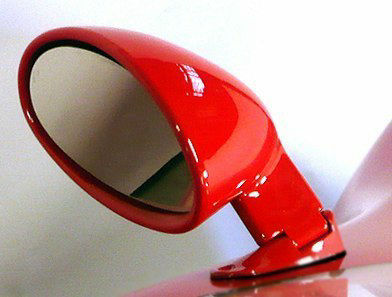
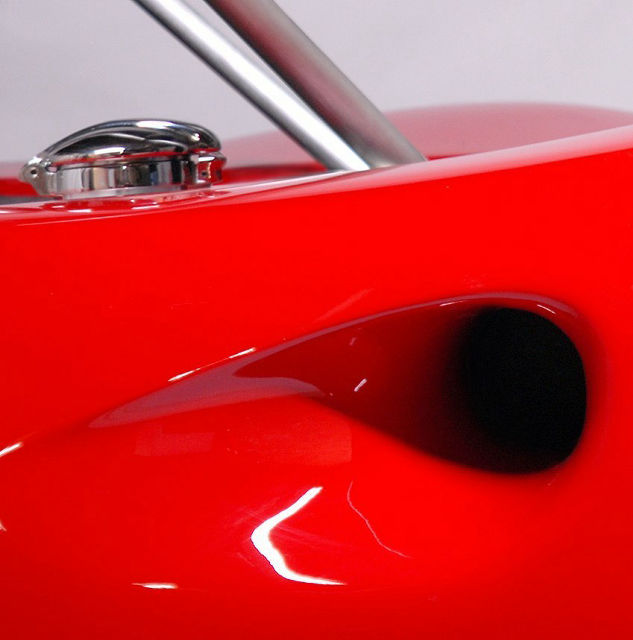
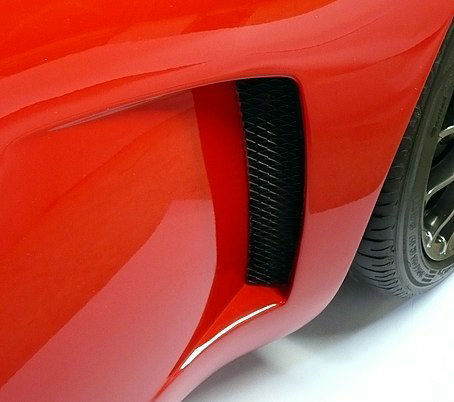
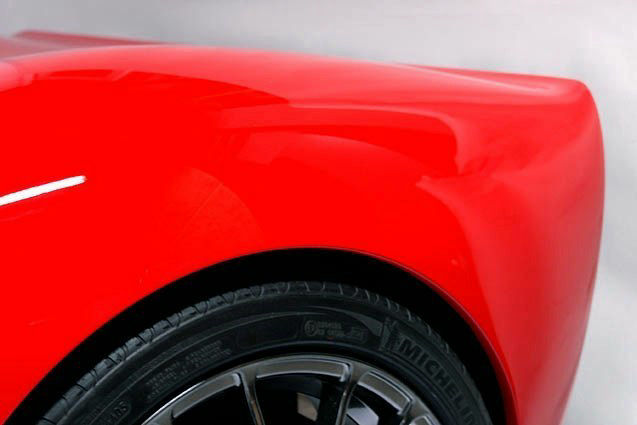
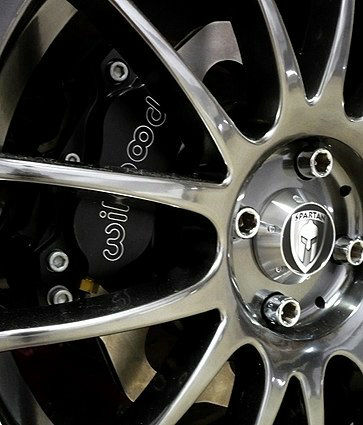
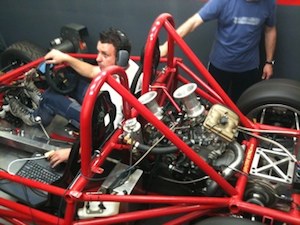
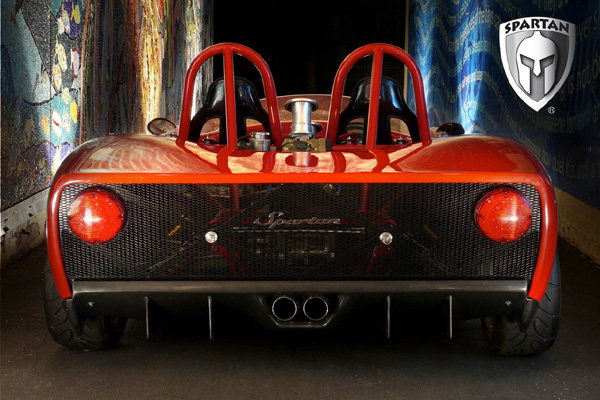
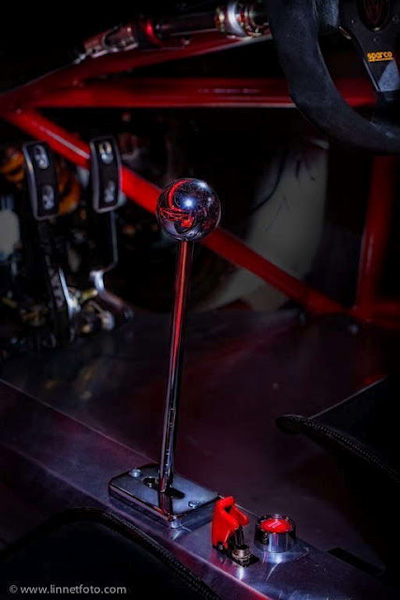
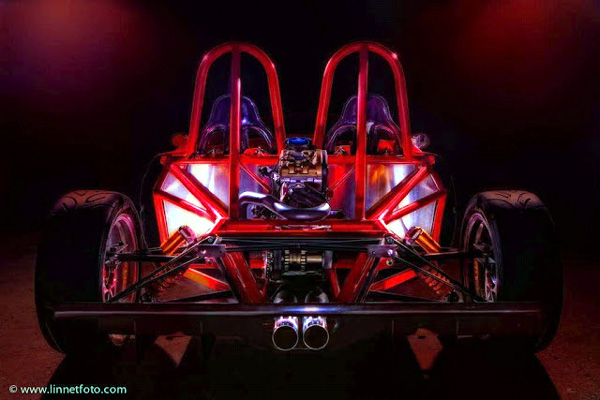
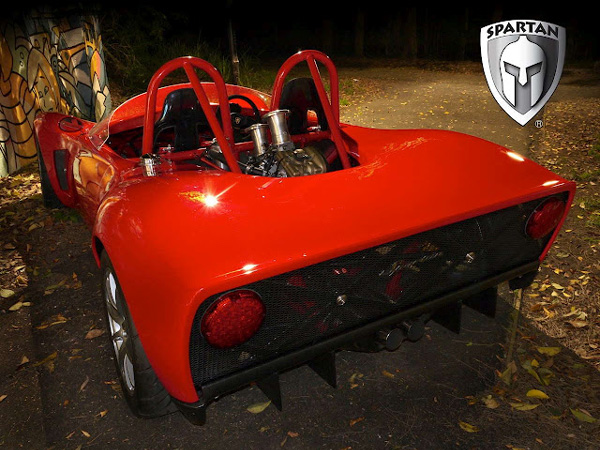
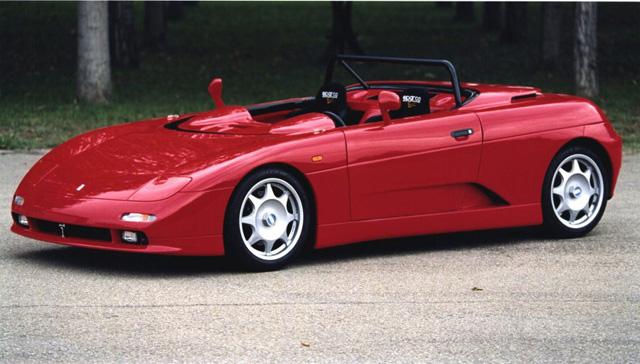
DeTomaso
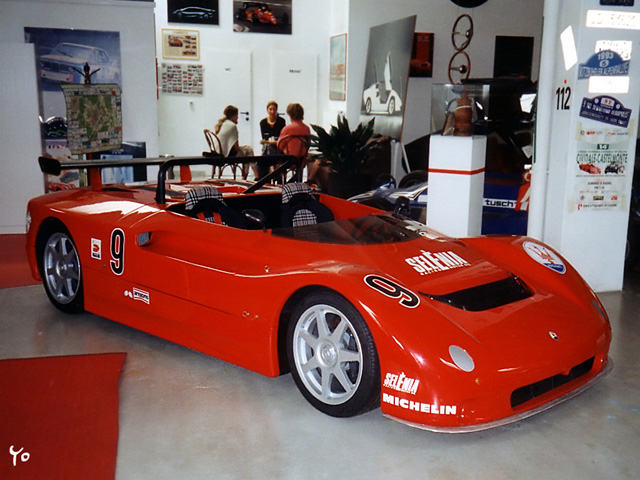
Maserati archetta
Subarro
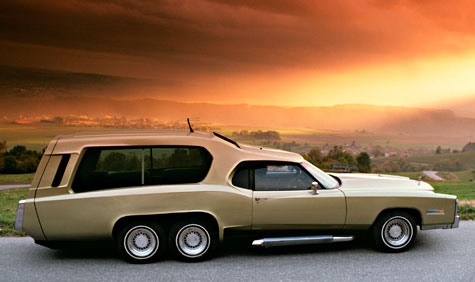
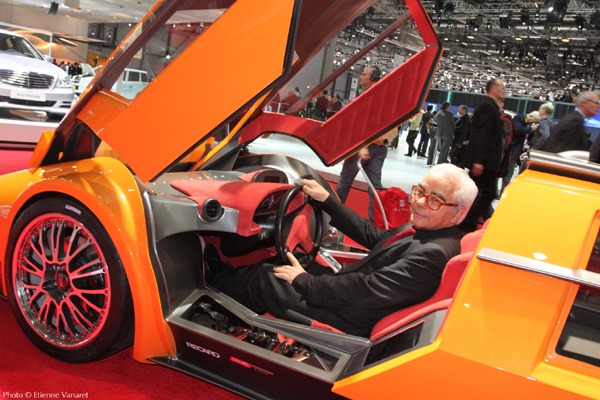
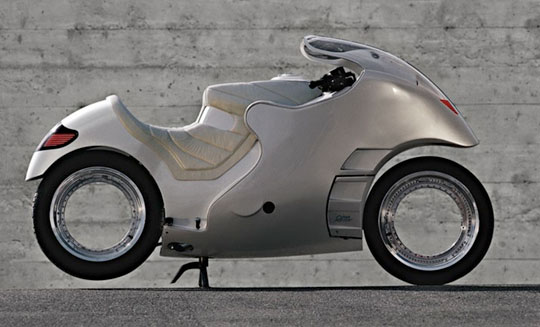
Gf0exaf 1500
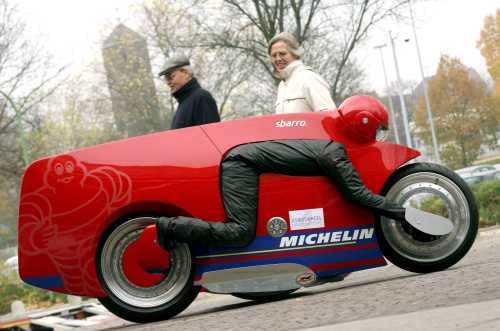
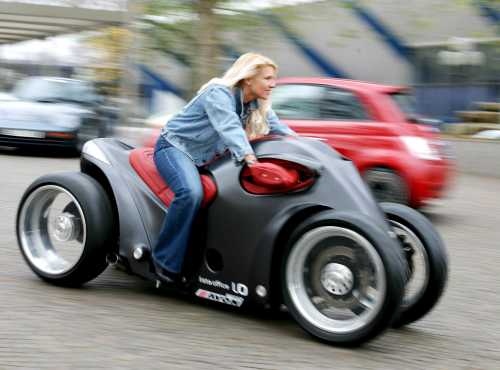
Osmos
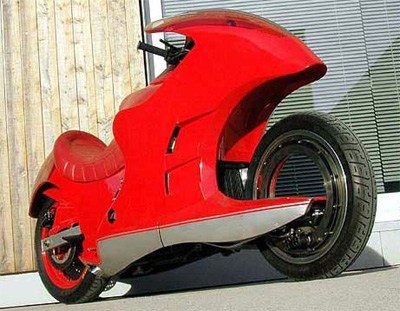
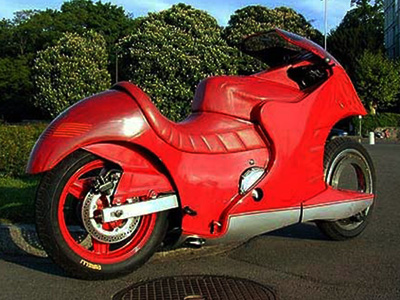
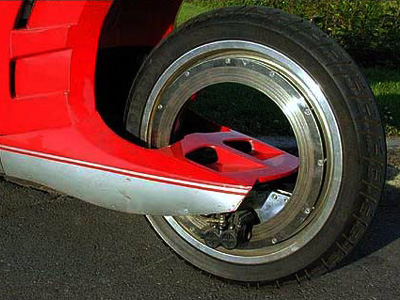
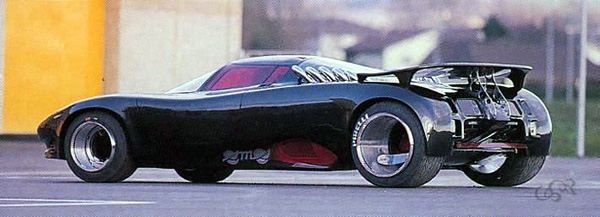
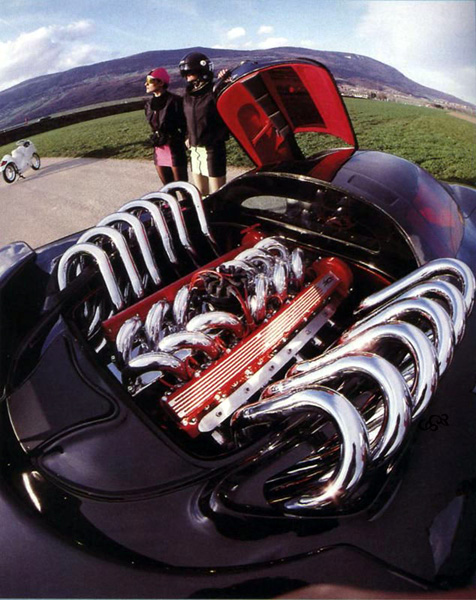
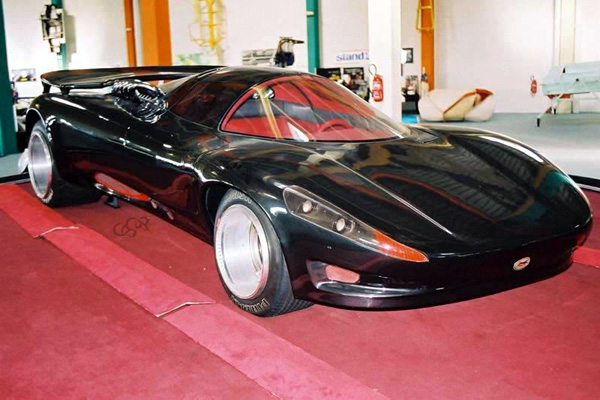
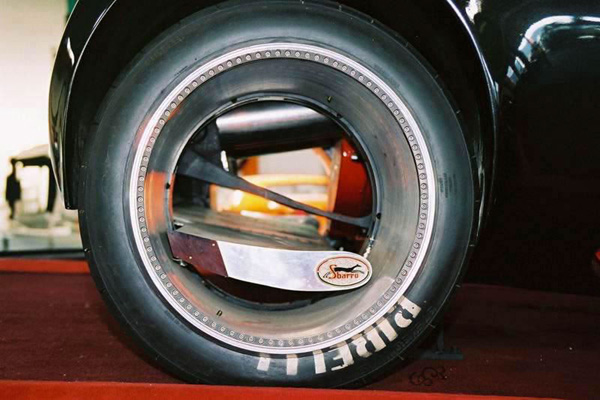
Aero
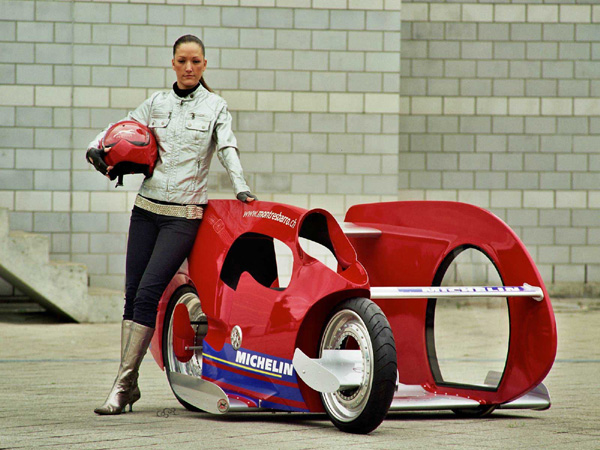
Autobau
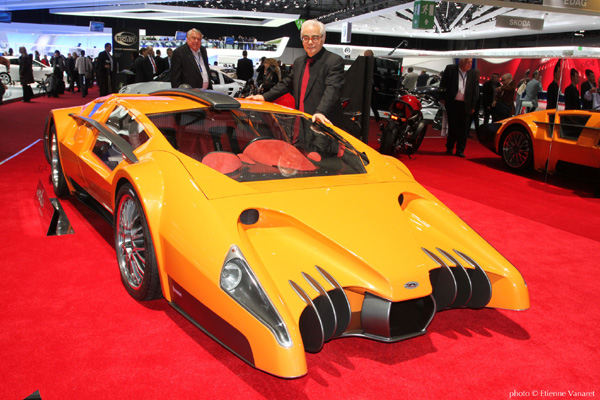
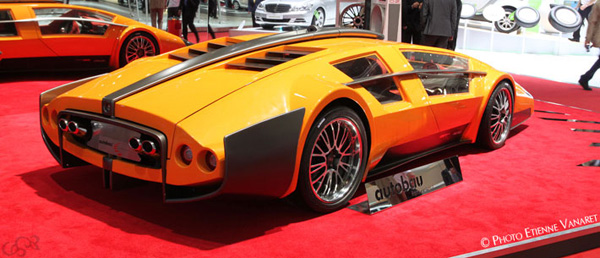
Caddy
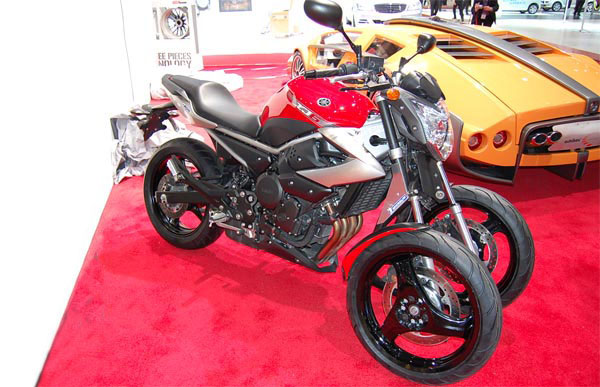
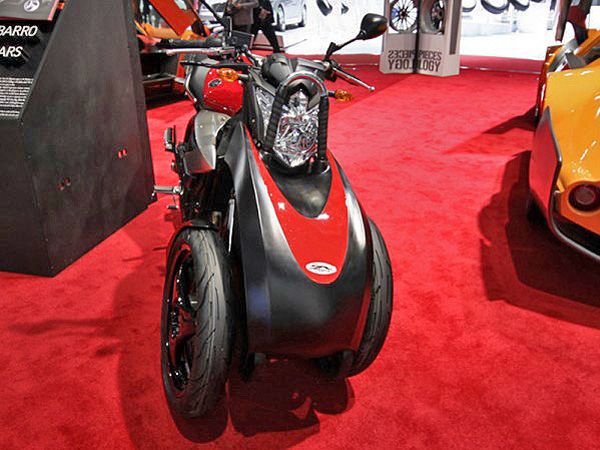
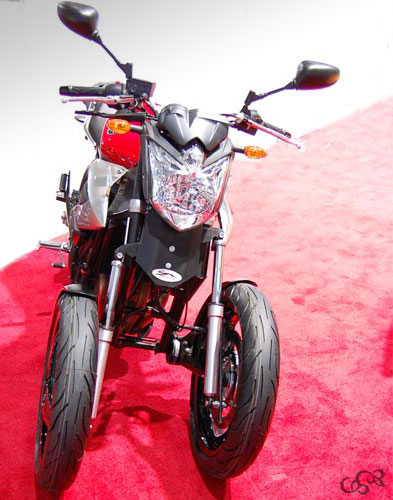
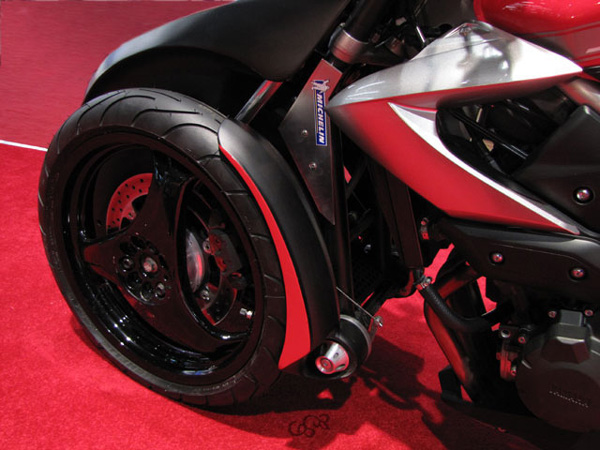
CO
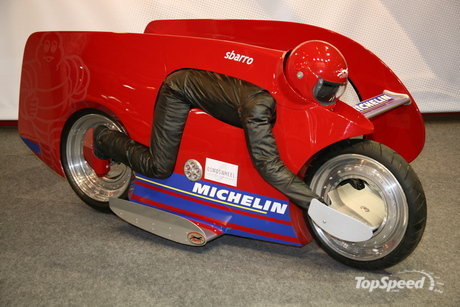
Pendocar
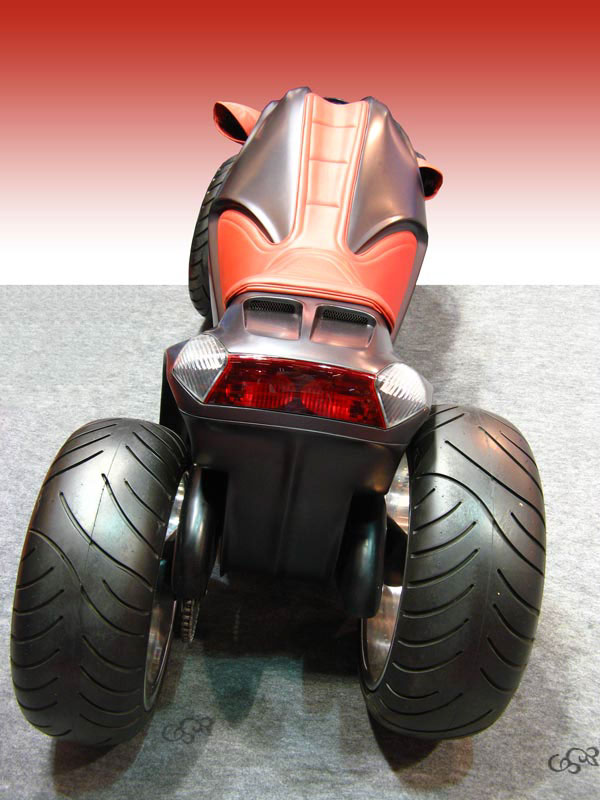
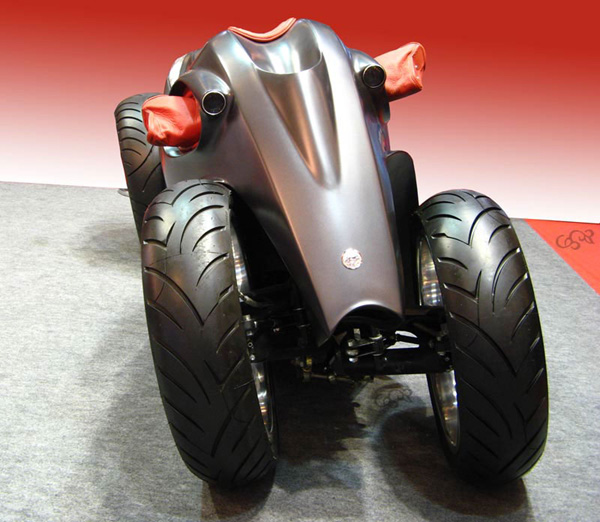
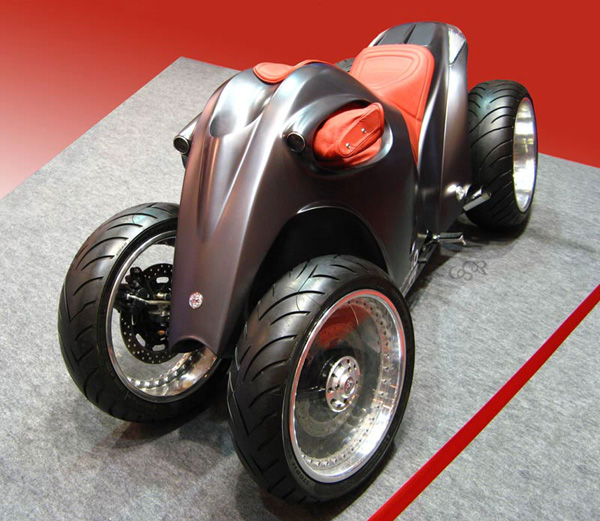
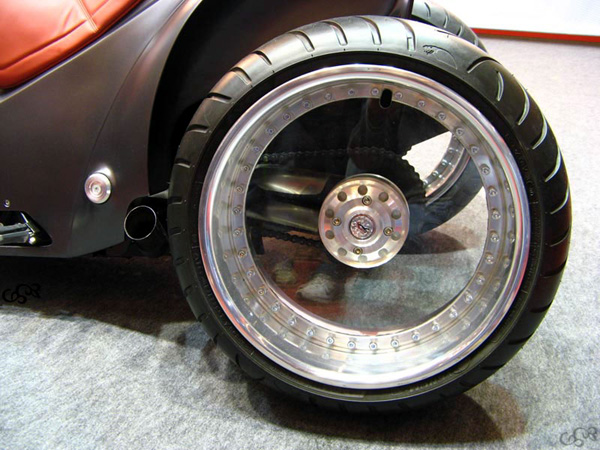
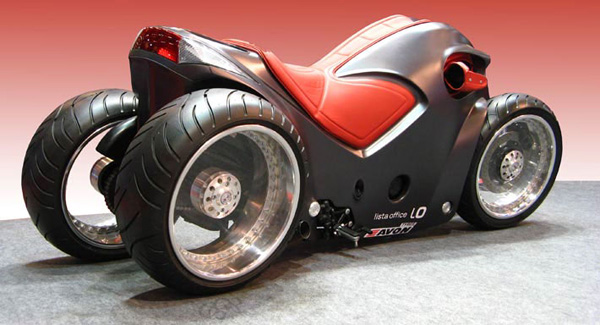
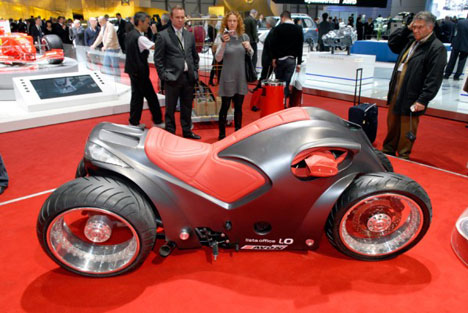
Ram
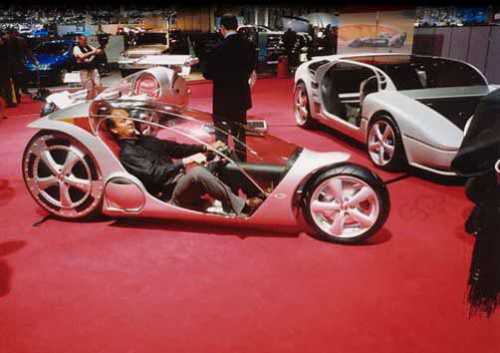
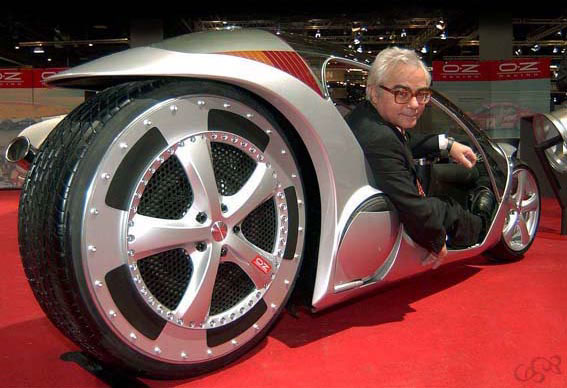
Real
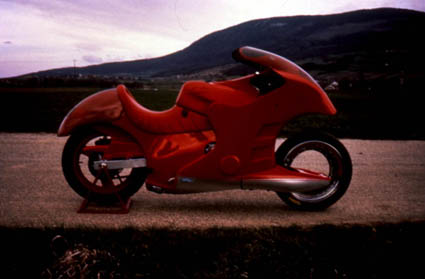
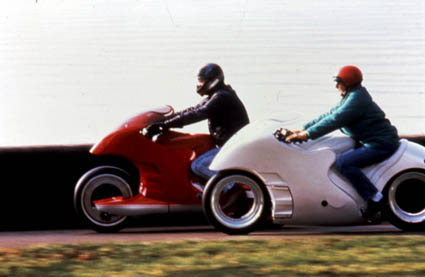
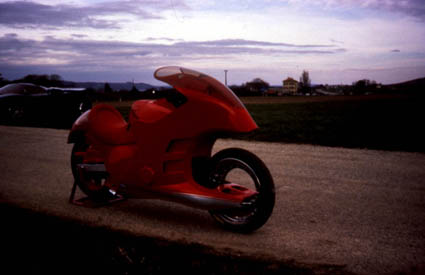
Roue
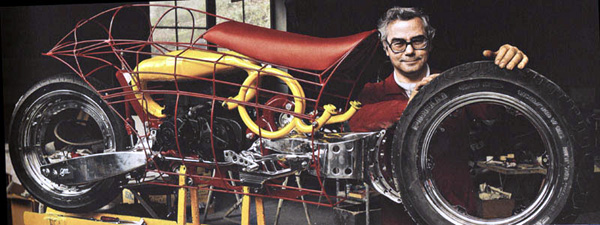
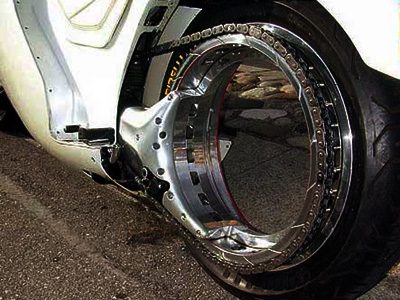
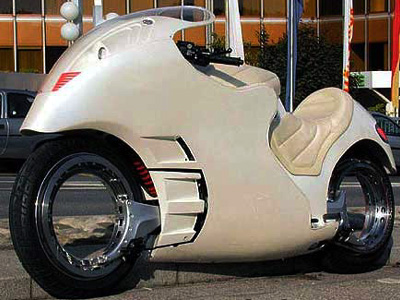
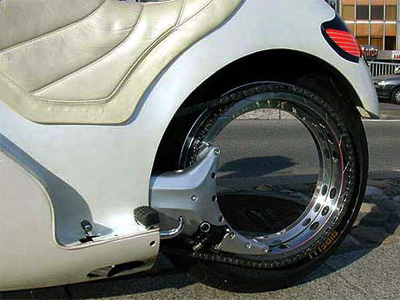
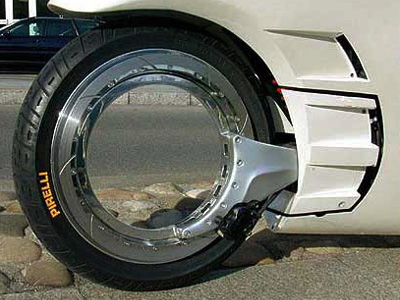
Bimoto
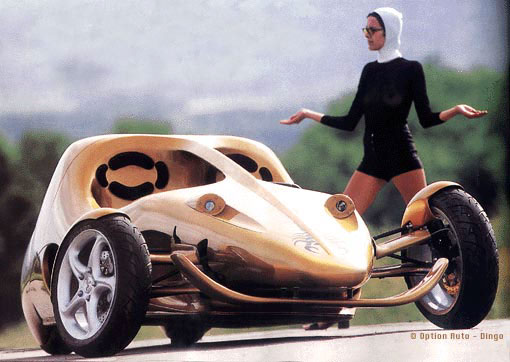
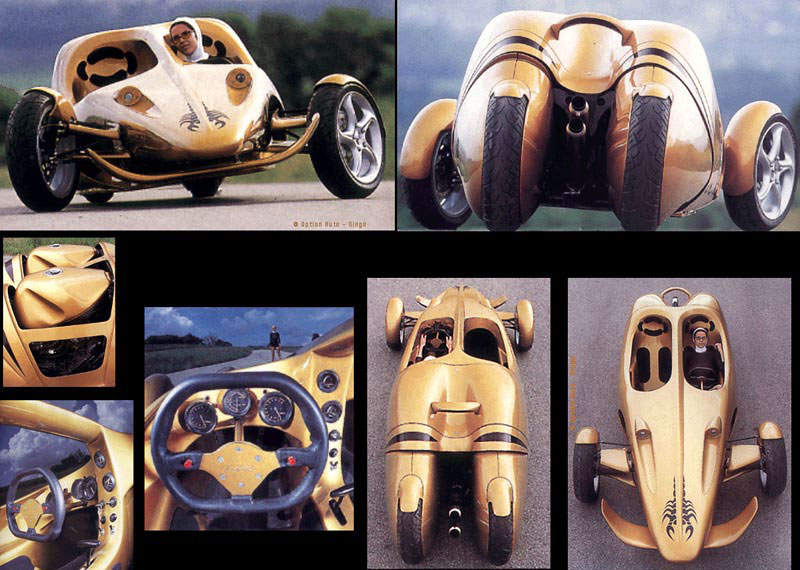
Scorpius Xtrem
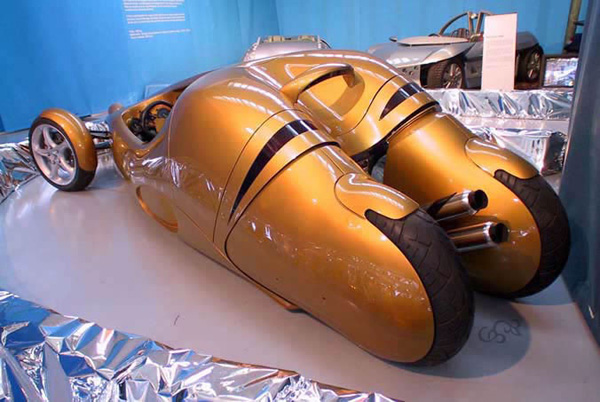
Sbarro Bi-moto Scorpius, 2000 The specifications were quite simple: design for the Geneva Motor Show 2000, a four-wheeled vehicle capable of providing the same feeling that a motorcycle. There are cars more or less meet these criteria (Donkervoort, Caterham, Ariel, or Franco Sbarro's Chrono 3.5). But none has pushed realism as far as students of the Franco Sbarro' school Espera, in Pontarlier, France. The originality of the Bi-moto Scorpius is that when the driver turns, it leans 25 degrees to the inside of the turn. Like a motorcycle. Thrills guaranteed! The originality of concept is that the shell of the car is not linked in a fixed and rigid to the front and rear tracks. At the rear parts fiberglass covering wheels are not attached to the body, allowing for freedom of movement. The comparison with the two wheels does not stop there: all the mechanical parts are borrowed directly from ... two Yamaha. There are therefore two four-cylinder engine of 1000 cm3 developing 130 horsepower, or... 8-cylinder, 2 liters and 260 horses. When you know that the device weighs only 500 kg, you will understand better what feelings mean! The interior is rather spartan, with two separate cockpits. One might expect to find a handlebar, but the Sbarro's students have opted for a steering wheel. The gearbox, issue also from the world of motorcycles, is sequential. The title of this website devoted to Sbarro is "Another vision of car." Nothing could better sum up the philosophy that has led to such a device. The bi-moto Scorpius has no equivalent vehicle and remains a unique and unusual. text Philippe Calvet, automatic translation (so be indulgent !) engine 8 cylinders (2 x 4 cylinders) Yamaha configuration rear displacement 2000 cc (2 x 1000 cc) 5 valves per cylinder power 260 BHP transmission rear wheel drive gearbox sequential weight 500 kg
Super Twelve
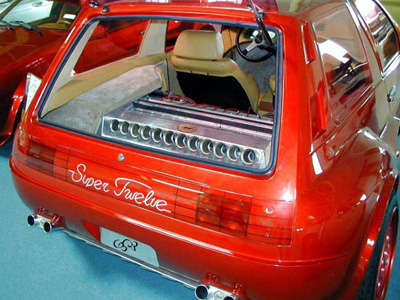
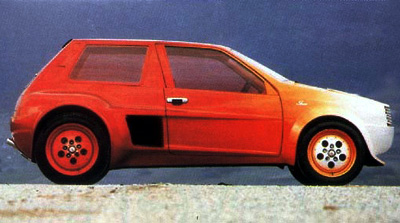
The Super Twelve was unveiled at the 1982 Geneva Motor Show. Up till then, Franco Sbarro was best known for his BMW 328 replica and some very original vehicles: the Stash Coupe; the all-wheel-drive WindHound and WindHawk. All Sbarro’s cars were big. In stark contrast the Super Twelve is a supermini, the smallest supercar made in the eighties. Twelve cylinders developing 240 BHP in 3.1 meters of polyester weighing-in at 800 kg. A concentrated sports machine. The Super Twelve is roughly the same size as the Austin Mini except for its width. At 1.75 m a shameless 35 cm wider than the Mini! The geometric front blends into a bulbous rear resulting in an aggressive stance which is reinforced by Andreini’s paintwork. The large lateral air intakes, seen two years later on Ferrari’s Testarossa, indicate a mid-engined machine. The car rolls on Gotti alloys (15 in front, 16 in rear) and is shod with Pirelli P7 rubber. The grille is typical eighties Sbarro design. The body-coloured tail lights are integrated into the smooth rear shape which is only broken by four exhausts and an aluminium skid plate punctuated by ten large holes. The passenger compartment is upholstered in beige leather with a large centre consol separating two Recaro seats and harnesses. A luxury audio system is built into the roof and there is an on-board computer within reach of the passenger. The rear window pane or hatch has no frame like the Citroen AX. Once opened, the leather engine cover can be removed revealing a 12 cylinder in-line transverse-mounted motor. This unusual power-plant is actually made from two 6 cylinder 1300 cc Kawasaki motorcycle engines. Each retains its own 5 speed gearbox and a special linkage system allows the boxes to be operated synchronously with a single gear lever. Each engine drives only one wheel and is connected to the other engine by v-belts: this minimises variations in engine speed. The car can be run on one engine in case of mechanical difficulties. There is 240 BHP on tap for this 800 kg vehicle. This gives a weight to power ratio of just 3.3 kg/BHP (4.3 kg/BHP for its contemporary, the Lamborghini Countach LP500!). The acceleration is excellent, 0 to 62 mph in 5 s. but has been achieved at the expense of top speed which is nevertheless 125 mph. Sbarro only built one Super Twelve. Its very special engine makes it a ferocious car and a handful to drive. That's why Sbarro built another version with a more conventional engine. It was called the Super Eight and was introduced at the 1984 Geneva Motor Show. text Philippe Calvet, translation Justin Bouverie Sbarro SUPER TWELVE, 1982 engine 12 cylinder in-line (two Kawasaki 6 cylinder) configuration transverse mid-engined displacement 2600 cc power 240 - 250 BHP @ 8000 rpm transmission rear-wheel drive (chain) gearbox 2 manual 5-speed (1 per engine) weight 800 kg 3,3 kg / BHP brakes 4 discs dimensions length 3,15 m ; width 1,75 m ; height 1,30 m ; wheelbase 2,20 m tires 195/50 x 15 front ; 235/50 x 16 rear top speed 125 mph ( 200 km/h) 0-62 mph 5,0 seconds